The potential for strengthening the ruble has been exhausted. At least, that’s what economists interviewed by Kommersant FM think. On November 15, the dollar on the Moscow Exchange dropped to 88 rubles. — this is the minimum since July. Then the quotes recovered a little, but the ruble has been growing steadily since the beginning of November. Then the dollar was trading at 93 rubles. Now — already for 89 rubles.
How long can this go on? The main support for the exchange rate is provided by the decree on the mandatory sale of foreign currency earnings. After the dollar reached the 100 ruble mark in October, the authorities demanded that exporters get rid of 90% of the currency returned to the country. By November, the effect became noticeable, says Digital Broker analyst Daniil Bolotskikh:
“The Bank of Russia’s assessment of the current account has been released — this is a marker that shows how much money has come into the country and how much gone through, say, export and import. The current account in October was $11.2 billion. This is a significant number.
If we are talking about the dynamics that have been taking place in recent days, there are other factors at work here. US inflation data came out and the dollar weakened by 1.5%. Actually, we saw the same dynamics in the ruble. Therefore, the impact is that the dollar is weakening on the world stage.
The stability of the national currency will depend on the development of trade. The future is still tied to oil prices. The coherence of the OPEC+ agreement, as well as the global economy, depend on them.
As for the current situation, there is most likely no significant macroeconomic background for a strong strengthening of the ruble. And therefore, if we talk about the immediate dynamics, we do not rule out that the ruble may soon reach the level of 85 rubles, but such a strengthening will not be sustainable. By the end of the year we expect that the national currency exchange rate will remain at the level of 90-95 rubles.”
For now, the authorities expect the ruble to stabilize at current levels. The Ministry of Economic Development in its forecast for next year indicated that a dollar on average will cost about 90 rubles. The head of Sberbank, German Gref, on the contrary, expects a slight strengthening of the national currency up to the level of 85 rubles. for a dollar. There are grounds for this, but only theoretically, says BCS Forex analyst Anatoly Trifonov:
“In September, the Central Bank noted that payments to exporters began to be made less in rubles and more in yuan. This definitely leads to an increase in the supply of foreign currency in the domestic market. Probably, mandatory sales of foreign currency still play a big role. Exporters are in principle required to sell 50% of export proceeds, regardless of currency. This leads to the fact that exporters who sold for rubles are now forced to buy foreign currency on foreign markets and sell it inside Russia. We believe that this is a strong factor supporting the ruble.
To what values can the ruble strengthen? The rally will stop at approximately the current level. Some local fluctuations will remain, but we expect that until the end of November the national currency will be in the corridor of 87-90 rubles. for a dollar. By the end of December, the ruble usually loses some ground by the New Year, so we allow for a small pullback, but not at all critical.
At the same time, the key rate and its possible increase are unlikely to matter. From a fundamental point of view, the changes will definitely not have time to take effect in two weeks of December. Another rate increase could locally affect market sentiment. Perhaps we will see a short-term intraday rally, as we actually had after the last rate increase. Then the ruble gained back about 50 kopecks per day, but I don’t think that this will be a long-term support factor.”
The Central Bank did not rule out raising the key rate in December if there are signs of inflationary pressure. The latest estimate by the Ministry of Economic Development showed that inflation in annual terms exceeded 7%. Initially, the Central Bank believed that price growth would not exceed 6.5%.
.




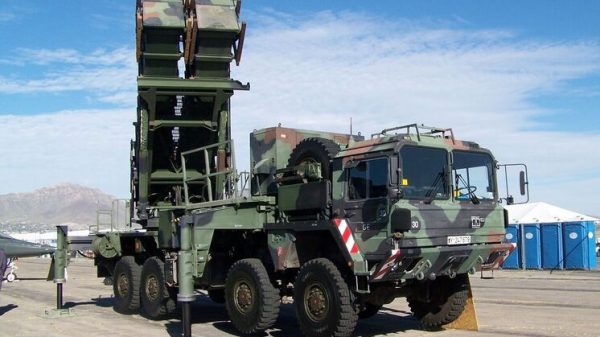
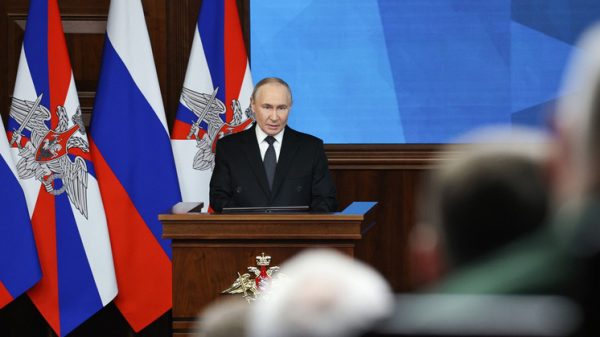

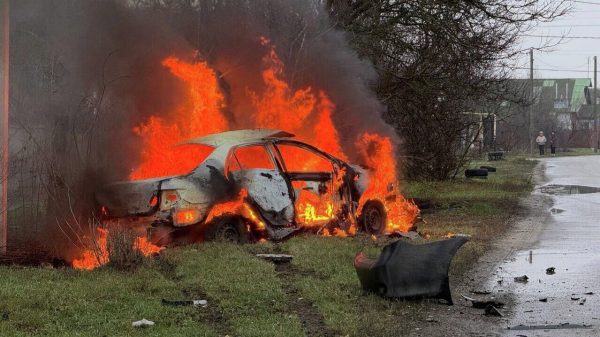
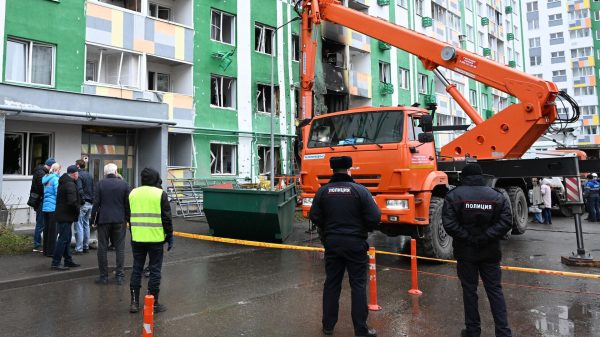
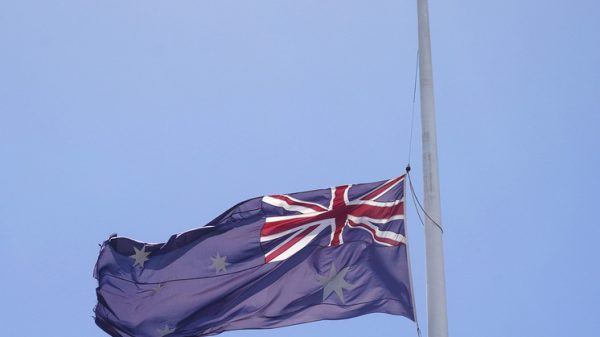
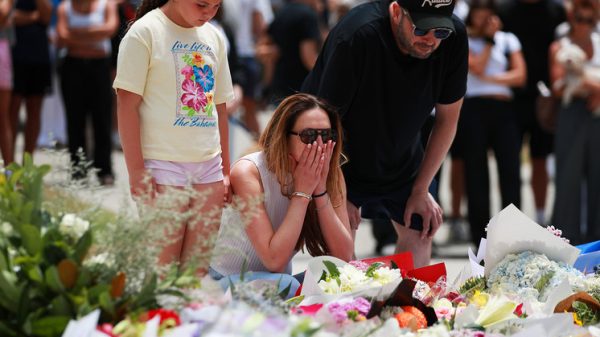




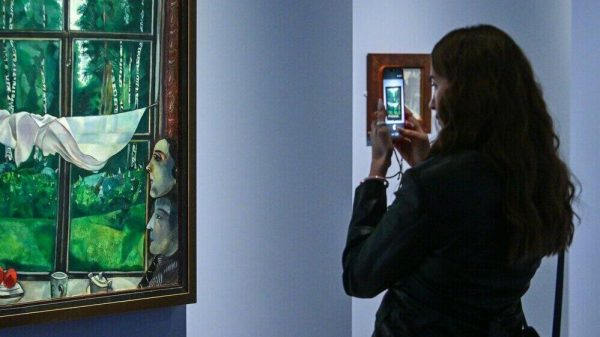


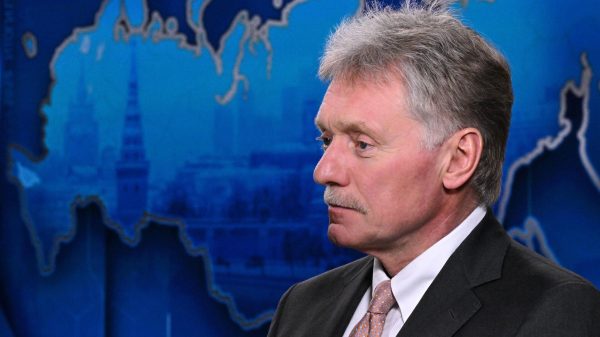


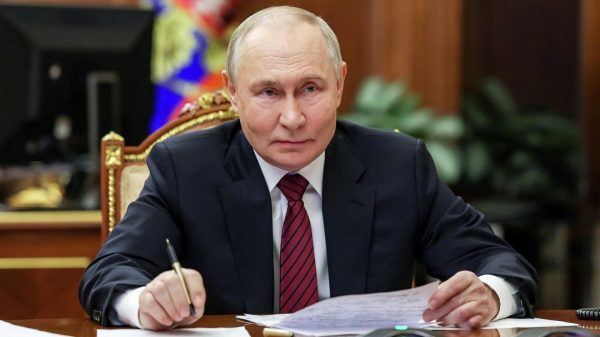











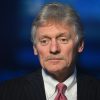
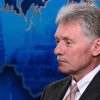











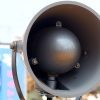





Свежие комментарии